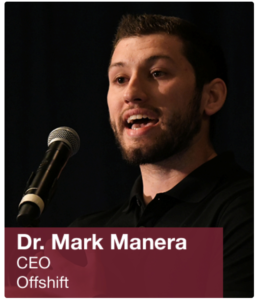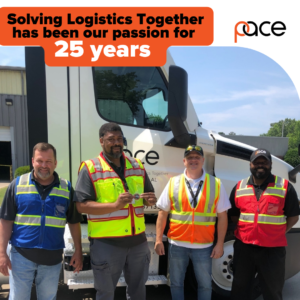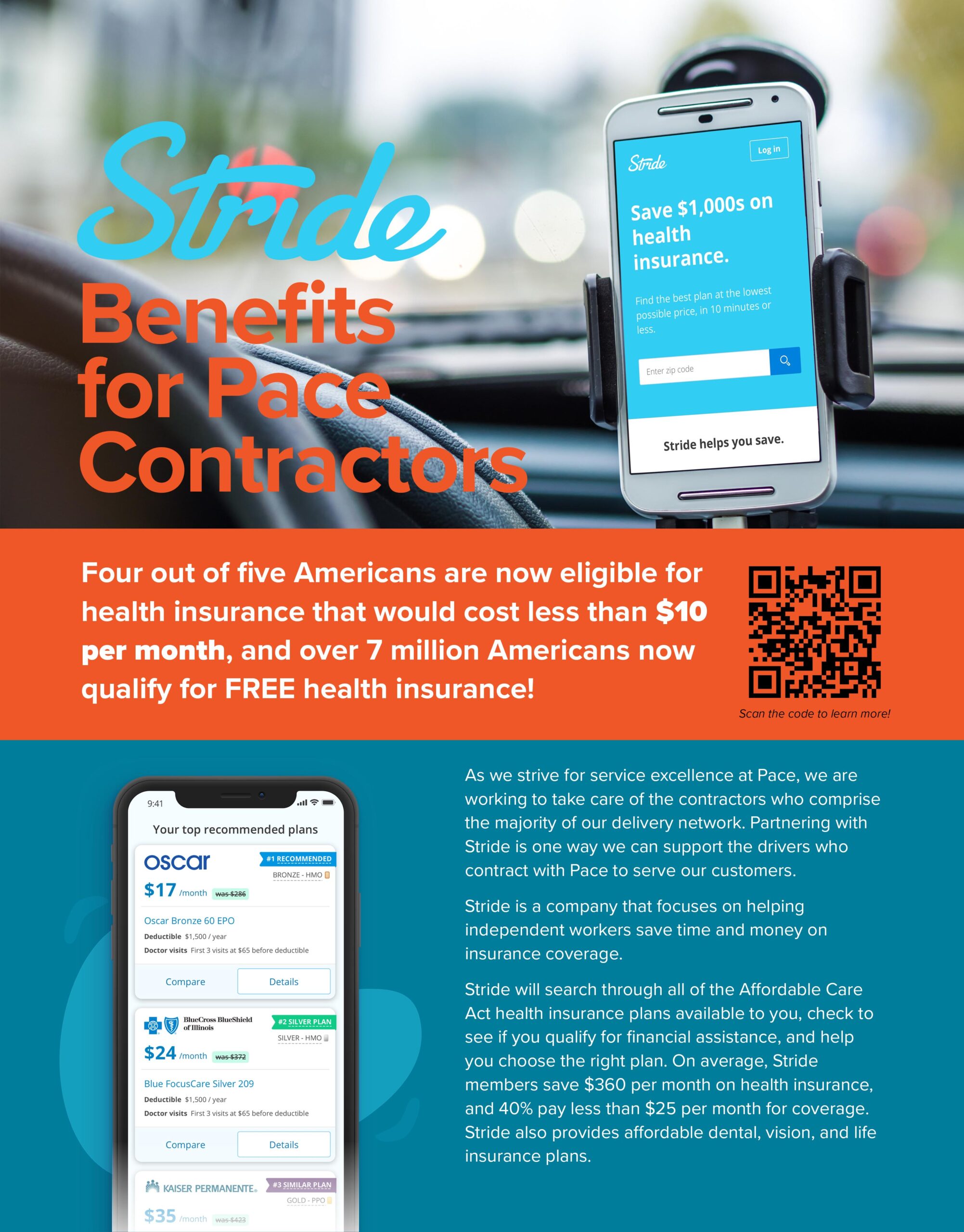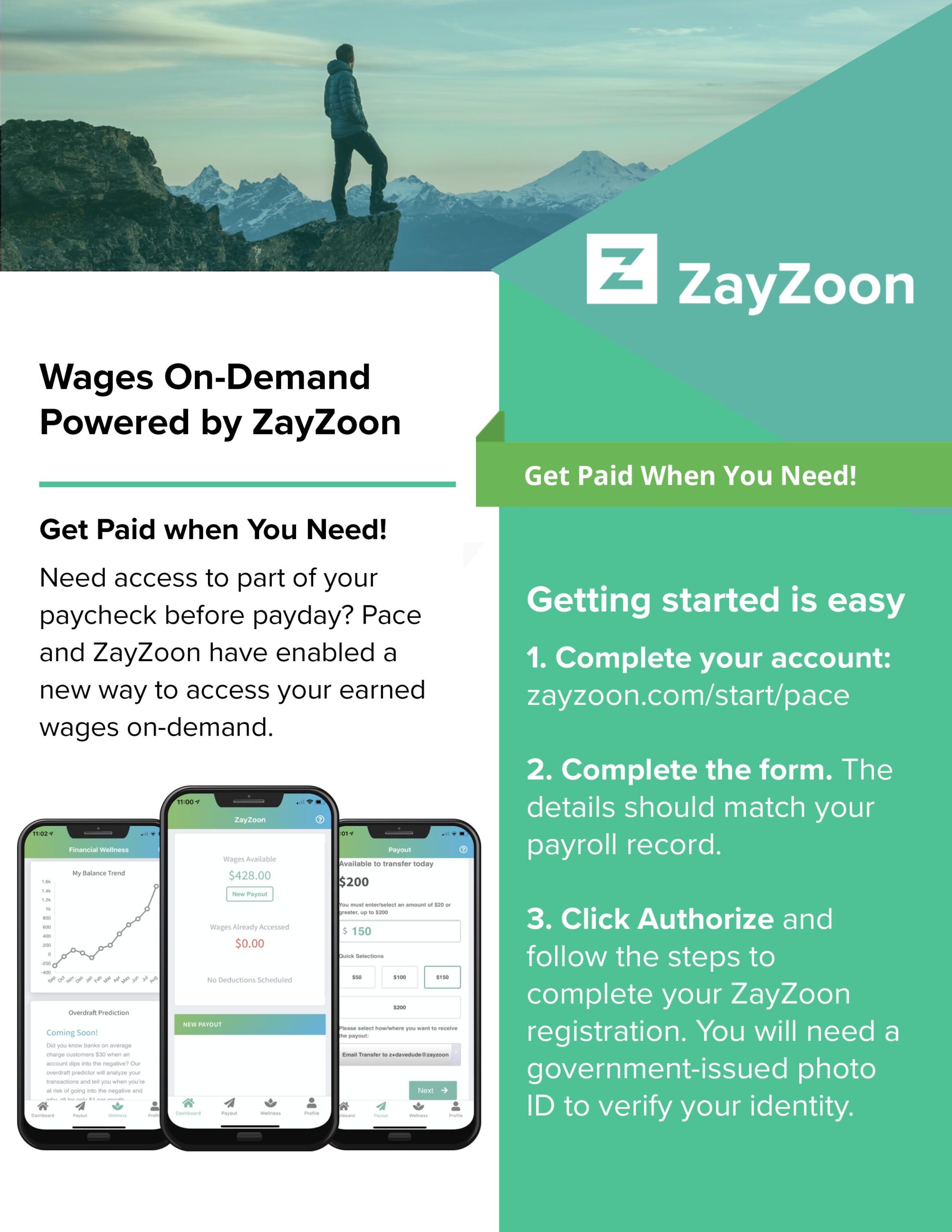At Pace, our system for running our business is EOS, The Entrepreneurial Operating System. Created by Gino Wickman and described in detail in his book Traction, EOS provides us a structure by which we clarify our roles, plan, prioritize, collaborate, solve problems, and measure results. EOS provides us with consistency and guidelines on how we all work together. Without short-changing our individuality, EOS is designed to reduce (and hopefully eliminate) dysfunction and frustration. As Wickman and Tom Bouwer write in What The Heck is EOS?, “Why one operating system? The short answer is that everyone doing it their way in an organization can’t work. You can’t have a company where everyone can set the priorities, meet the way they want to meet, and use different terminology.” Implementing one operating system leads to more productivity, better communication and business decisions, and, ideally, more profitability.
With The EOS Model, Wickman explains that every company is made up of six key components: Vision, Data, Issues, Process, People, and Traction. Each part plays a role in deciding the success of the company.

What is less understood by many who practice EOS is that the system also plays a leading role in developing company culture. The disciplines that evolve from EOS help to shape and support who we are as individuals, and therefore collectively who we are culturally as a company.
Vision is defined in Merriam-Webster, in this context, as “a thought, concept, or object formed by the imagination;” or “the act or power of imagination, a mode of seeing or conceiving, an unusual discernment or foresight.” Wickman states that “successful business owners not only have compelling visions for their organizations, but also know how to communicate those visions to the people around them.” In other words, all people in an organization need to know and understand where we’re going and be “rowing in the same direction.”
Our Vision/Traction Organizer is how we focus on our top targets year to year. Our leadership’s Annual Planning session results in the VTO for the year. It crystallizes our ten-year target, three-year picture, and our one-year plan. It outlines for us what we must do to be successful, and how we are going to do it.
Quarterly planning is where we all determine our Rocks. Wickman states that Rocks are “what the most important priorities are in the coming quarter.” Quarterly Rocks create for us a 90 Day World – a powerful concept that enables us to gain tremendous traction.
The Data Component eliminates subjectivity, assumptions, egos, and emotions. It provides us with a Scorecard to tell us how we are doing on key numbers and measurements in our business.
The Issues Component supplies us a setting in which we raise issues that are impactful and then we try to solve them. Every L -10 meeting should devote sixty of the ninety minutes to identifying, discussing, and solving issues (or IDS).
Process documents and outlines the core things we do every day, systemizing all the predictable and redundant tasks and allowing time for creative and critical thinking. A Proven Process is a statement of what our business is all about and how we go about achieving our vision, strategies, and goals to help our customers. Here is Pace’s Proven Process at a glance.

The wonderful result of applying these components to running our business is Traction. Going back to Merriam-Webster, in this context traction is “the support or interest that is needed for something to make progress or succeed.” Gino Wickman states “in the end, the most successful businesses are the ones with traction. They execute well, and they know how to bring focus, accountability, and discipline to their organization.”
The People Component plays a crucial role in our culture. The GWC tool (Get it, Want it, and Have the ability to do it) helps us decide who are the people we want to travel with on our road to success. The People Analyzer tool helps decide who the right people are for the job, asking the question, “Are the right people in the right seats?” This analysis begins before a new hire joins our team and continues throughout their career, analyzing experience, skill sets, and core values.

Interesting but not well publicized, is the impact an operating system like EOS makes on company culture. Merriam-Webster’s definition of culture includes “the set of shared attitudes, values, goals, and practices that characterizes an institution or organization.” As we go about our Annual Planning, Quarterly Planning, Weekly L-10’s, and use of The People Analyzer and GWC, EOS molds and shapes our culture here at Pace. EOS provides us with the platform and tools to live up to our values and celebrate our culture!











